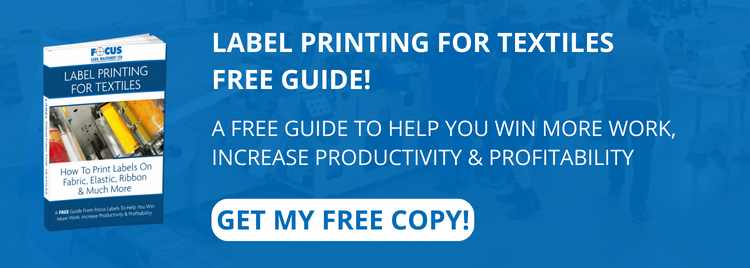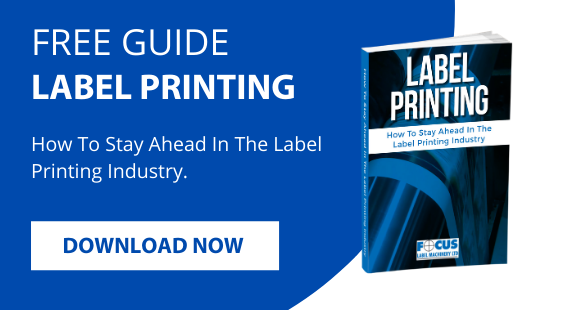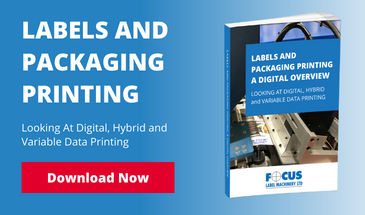
Heat transfers are images carried on a special substrate that use heat and pressure to transfer the pre-designed image or graphic onto a fabric substrate or indeed other everyday products.
We see examples of heat transfers in everyday products such as T Shirts, sportswear, childrenswear, underwear. These images take the form of highly detailed multicolour graphics, branding, wash care information.
Modern equipment can produce heat transfers of high quality vibrant designs for a variety of products, from T-shirts and labels to promotional items, making them a mainstay for print businesses serving the textile printing industry. The technology of heat transfer production takes the form of Silk Screen or Digital printing systems dependent on the application and volumes involved.
How does heat transfer work?
Heat transfer is a fast and straightforward process. First, the design & adhesive layer is printed onto a heat transfer film or paper and dried. This finished transfer is placed onto the Garment and pressed by the machine under high pressure and temperature, bonding the design seamlessly with the fabric. This produces a superior visual quality and durability compared to other fabric printing methods, with striking and sharp designs that stand the test of wear and tear, sunlight exposure, and repeated wash cycles.
Applications
Investing in heat transfer machinery, such as our LX or TagTrans equipment, opens up various textile printing applications, such as:
-
Sportswear: including branded gym clothing and sportswear made from ‘performance fabrics’, polyester blends and other synthetic textiles.
-
Fashion labels: heat transfer machines are a cost-effective way of creating stylish labels for consumer clothing, with the potential to produce small runs, limited edition collections, and customisation within batches.
-
Promotional items: including T-shirts, caps, tote bags, and other branded textile items.
-
Industrial/workwear: heat transfer can create bespoke designs and patterns for PPE, uniforms, and protective clothing, including reflective patterns, safety logos etc. The durability of the finish ensures that the finished garments can withstand heavy use without damaging the design.
Flexibility across fabric types
One of the main advantages of heat transfer printing is, unlike some printing methods, wide compatibility with a range of fabrics, including cotton, linen, polyester, synthetic blends, and industrial/technical textiles (e.g. Gore-Tex, Nomex, and the nonwoven fabrics used in medical masks, filters, and hygiene products). Many of these products require their printed designs to stand up to exposure to moisture, heat, and even chemicals without losing their clarity. Heat transfer systems rise to the challenge by producing strong, durable, and flexible designs that provide excellent long-term value for your customers and their end-users.
This versatility also gives you the opportunity to expand into niche printing markets, such as outdoor gear, workwear, and aerospace/automotive textiles, in which some alternative printing methods are unable to accommodate the specialist fabrics used.
Find out more
Heat transfer machines are transforming the ways that businesses deliver textile printing services. Get in touch today to discover how our Focus Label heat transfer systems can increase performance and versatility in your print operation.







